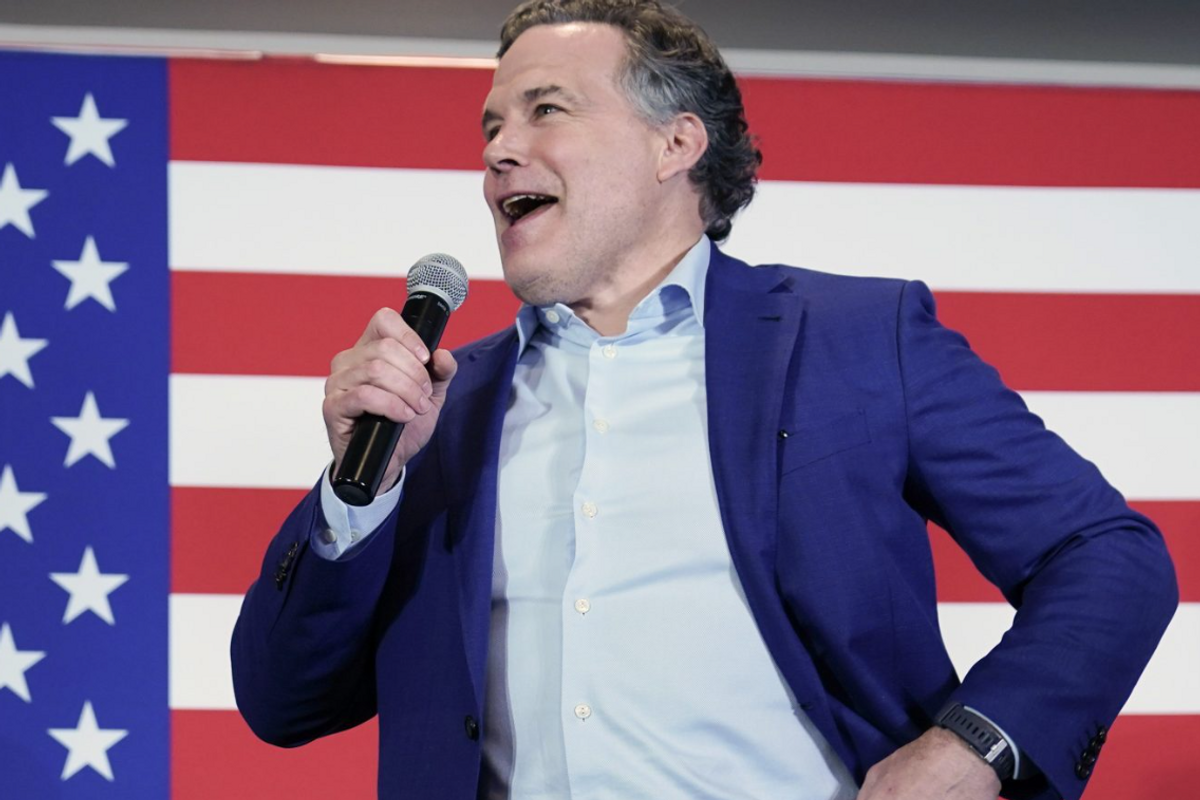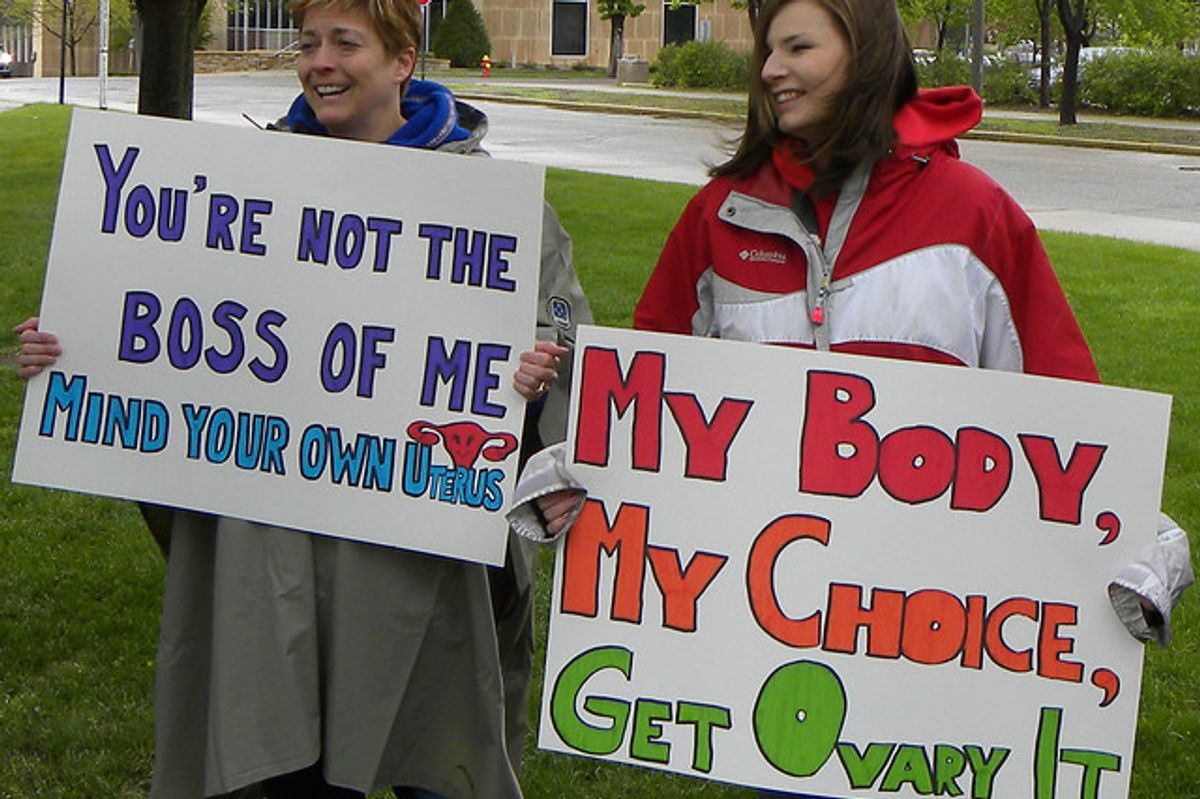
Gun sellers can expect a bountiful Christmas.
On Black Friday, the kickoff to the annual holiday shopping frenzy, more than 185,000 background checks were processed for firearms purchases — an all-time record.
This week’s shooting spree in San Bernardino, California — death toll so far: 14 — will be good for business as well. Background checks always spike after mass shootings. Given that the perpetrators appear to have been a married Muslim couple, the hysteria factor will only be magnified.
At this writing, the motives of San Bernardino murderers, Syed Rizwan Farook and Tashfeen Malik, are still being deciphered. But one aspect of their case fits a pattern: In America, dangerous people find it very easy to get weapons. They even do it legally, as is believed to be the case for two handguns and two assault-style rifles the couple used.
If you hope the San Bernardino deaths will move minds to limit access to guns by those who would cause such carnage, think again. That’s not how fear works in America. We freak out first. Wisdom comes later, if at all.
Congress certainly isn’t helping. A day after the San Bernardino attacks, GOP senators deep-sixed an amendment that would have allowed the attorney general to ban people on the federal terror watch and no-fly lists from purchasing weapons. Senators also nixed an attempt to expand background checks.
So expect that a number of Americans will rush to arm — or, rather, re-arm. According to the General Social Survey released in March, only 22 percent of Americans personally own a gun. What might account for growing arms sales is that those gun owners are increasing their arsenals. The sales volume at Walmart, the nation’s biggest gun and ammunition seller, isn’t being driven by new gun buyers.
Gun ownership statistics tend to undercut widely held preconceptions. If you listen to gun-rights chatter, you might assume that gun ownership rates were far higher. The NRA likes to create that impression. But even if you credit other surveys that find higher rates than the spring General Social Survey, one fact is inescapable: Far more Americas packed heat in the late 1970s and early 1980s than do now. At the high point, about half of Americans either owned or lived with someone who owned a gun.
That’s a sign of hope. Most Americans don’t buy the argument that they will be the “good guy with a gun” that gun advocates pitch as the antidote to mass shootings. Demographics are another factor. Minorities now make up a higher percentage of the population, and they have historically lower rates of gun ownership. And fewer people hunt.
Among gun owners, there’s reason to believe there’s a silent majority — a too silent majority — of safety-conscious people who recognize that their right to own a gun comes with great responsibility.
The voices of this crowd tend to be drowned out by those who can only scream about the Second Amendment and by those who ignore the complicated nature of enacting stronger protections.
The Republican reply to the rising toll of mass shootings has been to call attention to the failures of mental health services. Yes, they need reform; we need to address underfunding and lack of access to care. But that’s half a solution. At the very least, we must go the same distance to ensure that people who are dangerously mentally ill cannot possess a gun. There’s nothing anti-Second Amendment about that approach.
That would require comprehensive background checks, including as a prerequisite for private sales and sales at gun shows.
Certainly, we need databases for gun sales that respect and protect privacy, and that are also accurate and up to date. That’s a tall order to construct. But let’s be serious. Adam Lanza and his mother needed less privacy about his mental health and the arsenal they kept in their home.
The same can be said about the San Bernardino shooters. They had 12 pipe bombs and more than 3,000 rounds of ammunition at their home, had more than 1,600 bullets with them when they were killed by police and had shot off at least 75 rounds at the Inland Regional Center.
Time will reveal the shooters’ motives, how they gathered their arsenal and how they planned their attack.
But our silence, our denial that we have a problem and our fecklessness to address it have cost 14 more lives.
(Mary Sanchez is an opinion-page columnist for The Kansas City Star. Readers may write to her at: Kansas City Star, 1729 Grand Blvd., Kansas City, Mo. 64108-1413, or via e-mail at msanchez@kcstar.com.) (c) 2015, THE KANSAS CITY STAR. DISTRIBUTED BY TRIBUNE CONTENT AGENCY, LLC
Ammunition confiscated from last Wednesday’s attack in San Bernardino, California are shown in this San Bernardino County Sheriff Department handout photo from their Twitter account released to Reuters December 3, 2015. REUTERS/San Bernardino County Sheriffs Department/Handout


